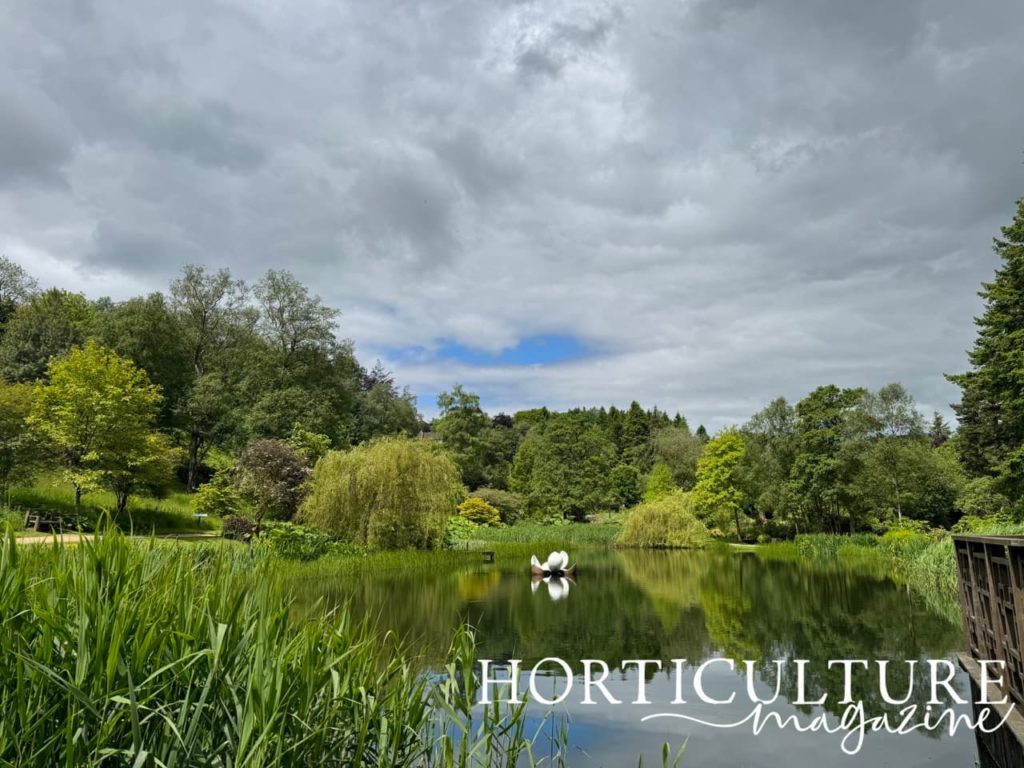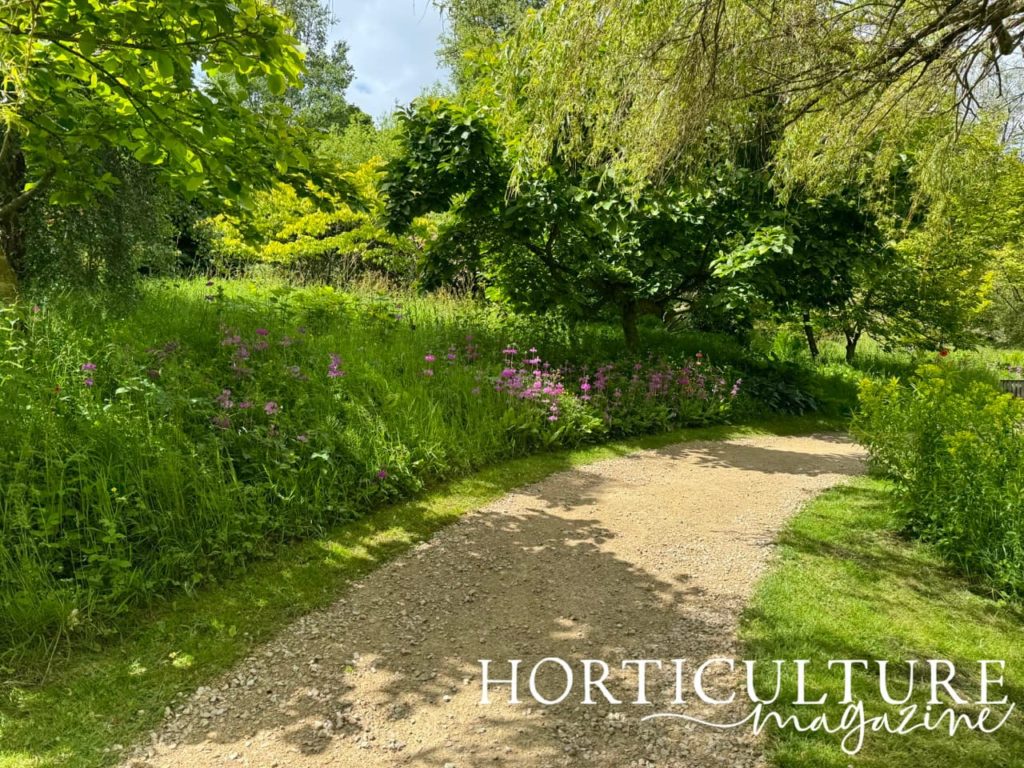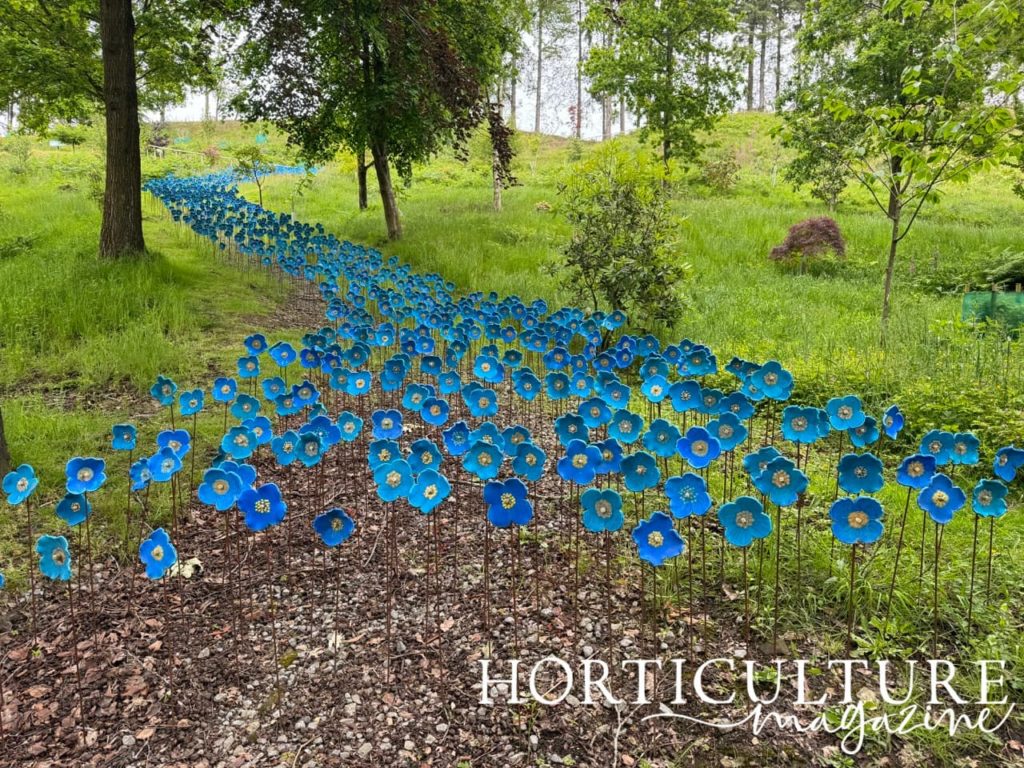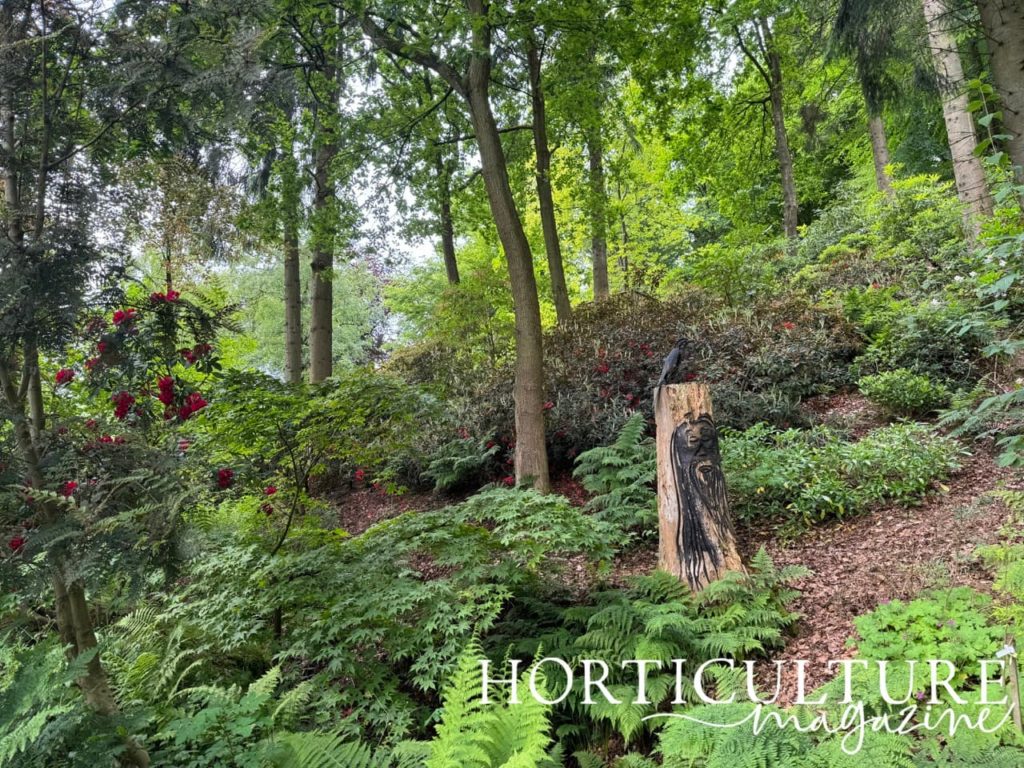Exploring Yorkshire Himalayan Garden & Sculpture Park With Head Gardener Joel Dibb

Nestled in the heart of the North, the Yorkshire Himalayan Garden and Sculpture Park is a vibrant haven for plant enthusiasts and art lovers alike.
Renowned for housing the region’s largest collection of rhododendrons, azaleas, and magnolias, this 45-acre oasis offers much more than its stunning flora, as scattered throughout the garden are over 100 open-air sculptures.
I had the pleasure of speaking with Joel Dibb, the park’s Head Gardener, who shared his insights into the garden’s standout features.
History Of The Park
“The house was purchased in 1996 and came with a 20-acre garden at the time,” shares Joel.
“Hosta Bank was the first area to get developed by the owners, which was planted out with some rare and unusual rhododendrons.
“Some varieties are almost extinct in the wild, so it’s great to have them here.”

“In the early 2000s, Magnolia Lake was created,” he continues.
“The lake gets its name from the magnolia trees and sculpture that lies in the middle of the water.
“Leopard Valley was next in development and that features quite a lot of hybrid rhododendrons, which is quite interesting because you can see how the owner’s interest in rhododendrons grew over time.
“The Arboretum is around 20 acres and was planted in about 2016, so that’s really new and exciting.”
Layout & Plantings
“Along the edge of Magnolia Lake, we’ve planted out a lot of Primula candelabras, which are doing really well here in June,” Joel shares.
“They are a Himalayan plant and complement the long grass that they grow in. The hostas also do well around the lake edges, which is a testament to the amount of frogs we get, as they keep the slugs away.
“We’ve got a national collection of Rhododendron fortunei subsp. and some of those are still in flower in early June.

“The Himalayan blue poppies are always eye-catching at this time of year, which is another bonus.”
“In the arboretum, we’ve got an oak tree called King Alfred’s Oak. That grew from an acorn collected from King Alfred’s Oak at Blenheim Palace, so is quite a unique specimen.
“We’ve actually got 52 different types of oak trees in the arboretum as they are great for wildlife.”
Sculptures In The Garden
“The sculptures here all have their own special spot in the landscape and suit the location that they’re in – nothing looks out of place,” explains Joel.
“We’ve got a huge variety of sculptures and ‘The Magpies’ is one of them. The interesting thing about this sculpture is that it is made from gardening equipment.

“One of the latest sculptures in the garden is called ‘Bursting from the Slumber’. It’s made up of around 1,300 ceramic poppies cascading down the hillside.
“Each poppy has been made by an individual, so it was nice to work with the local community and get art and gardening combined to create this masterpiece throughout the valley.”
How To Visit The Park
“When you come to the park, you do feel like you’re in the Himalayas,” muses Joel.
“It’s peaceful and is the perfect place to experience nature, relax and enjoy the tranquillity it brings.”

For more information on visiting the Yorkshire Himalayan Garden and Sculpture Park for yourself, head over to their website.

